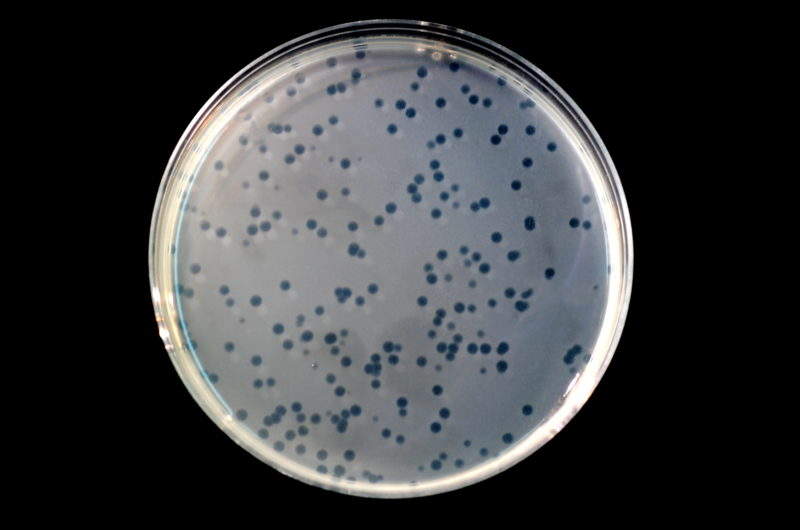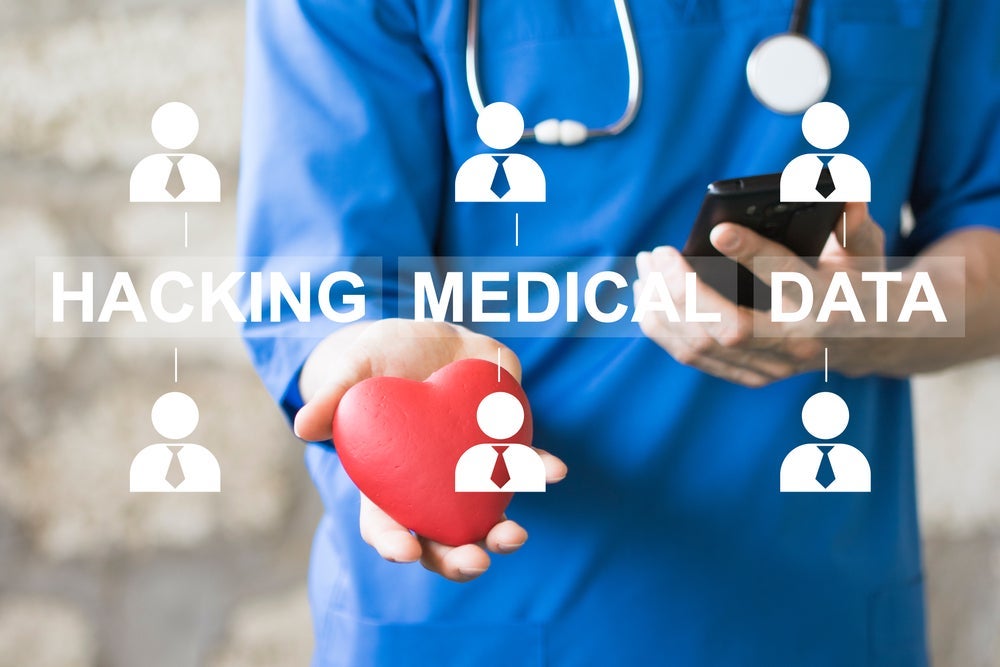
On 23 October, the New York Academy of Sciences (NYAS) hosted a symposium on New Therapeutic Strategies to Combat Antibacterial Resistance in New York City. The full-day event featured speakers from the Broad Institute of MIT and Harvard, Memorial Sloan Kettering Cancer Center, and industry representatives, covering topics that ranged from the molecular biology of Gram-negative bacteria to global trends in antibiotics consumption.
A major theme that emerged was a need to continue innovations in preclinical antibacterial therapeutics discovery while sustaining a global push for greater antibiotics market incentives.
The keynote talk opened the day with a clinical perspective on the problem of antibacterial resistance. According to the Centers for Disease Control and Prevention (CDC), the US experiences an estimated two million illnesses and 25,000 deaths per year due to antimicrobial resistance (AMR), accounting for $20bn in annual healthcare costs. By 2050, it is estimated that global deaths attributed to AMR will rise to over four million in Africa and nearly five million in Asia.
A key contributing factor to this problem is overuse and misuse of antibiotics. Global antibiotics consumption rose 30% between 2000 and 2010, largely driven by countries like South Africa and India, where sanitation is poor and antibiotics are available over-the-counter (OTC). Within the US, geographic and demographic factors play into overconsumption of antibiotics. In nursing homes, 70% of residents receive antibiotics per year, but an estimated 40-75% of those prescriptions are thought to be inappropriate.
Reflecting a core principle recently discussed at IDWeek 2018, the keynote speaker called for a continued international commitment to antibiotics stewardship. Concrete goals are necessary, such as cutting antibiotics use for respiratory infections in the US by 50% by 2020. However, better market incentives for pharmaceutical companies to develop antibiotics are equally essential.
Push incentives include funding from organisations like the Biomedical Advanced Research and Development Authority (BARDA), the National Institutes of Health (NIH), and the non-profit public-private partnership CARB-X.
How well do you really know your competitors?
Access the most comprehensive Company Profiles on the market, powered by GlobalData. Save hours of research. Gain competitive edge.

Thank you!
Your download email will arrive shortly
Not ready to buy yet? Download a free sample
We are confident about the unique quality of our Company Profiles. However, we want you to make the most beneficial decision for your business, so we offer a free sample that you can download by submitting the below form
By GlobalDataPotential pull incentives include priority review vouchers, tax credits, and novel licensing models for antibiotics. Experts assert that the AMR crisis has fully arrived, but believe that concerted efforts on infection prevention, stewardship, and surveillance are starting to turn the tide. There have been 10 new antibiotics approved by the FDA in 2018, most recently Nuzyra (omadacycline) from Paratek Pharmaceuticals in October.
Novel antibacterial drug development strategies
A second focus of the symposium was novel drug development strategies for drug-resistant Gram-negative bacteria, such as Escherichia coli (E. coli). One speaker noted that pharmaceutical companies, including AstraZeneca and GlaxoSmithKline (GSK), have conducted extensive chemical screens against Gram-negative bacteria with disappointing results, due to the inability of most lead compounds to cross the bacterial lipid polysaccharide outer membrane.
However, new research has identified chemical features of drugs that promote compound accumulation in Gram-negative bacteria, allowing conversion of antibiotics that only have activity against Gram-positive bacteria to those that can be used more broadly. This has allowed the alteration of a drug for Gram-positive staphylococcus aureus, deoxynybomycin (DNM), into one that gains the ability to inhibit the growth of E. coli and other enterobacteriaceae clinical isolates. Similar modification of other validated antibacterials has potential to yield an entirely new generation of therapies for Gram-negative bacteria.
Finally, a session on cutting-edge topics in antibacterial therapies delved into a strategy leveraging the predatory delta proteobacterium Bdellovibrio bacteriovorus. Although harmless to humans, B. bacteriovorus attacks growing Gram-negative bacteria by penetrating the cell walls of prey organisms, invading and consuming inner materials, and converting their hosts into B. bacteriovorus.
Researchers demonstrated that injections of B. bacteriovorus into Zebrafish models of Shigella flexneri infection successfully cleared the infection within 48 hours. Importantly, B. bacteriovorus were themselves cleared by both Zebrafish and human macrophage cells after 48 hours, presenting a window for therapeutic effect. With the growing problem of resistance, bacterial and viral infectious diseases have become fertile ground for novel therapeutic approaches, such as cellular immunotherapy for treatment of cytomegalovirus (CMV).
GlobalData believes that continued exploration of unconventional, early-stage strategies such as predatory B. bacteriovorus is critical for the future of managing antibacterial resistance.





Related Company Profiles
The Broad Institute Inc
Harvard Corporation
GSK plc
Paratek Pharmaceuticals Inc
Memorial Sloan Kettering Cancer Center